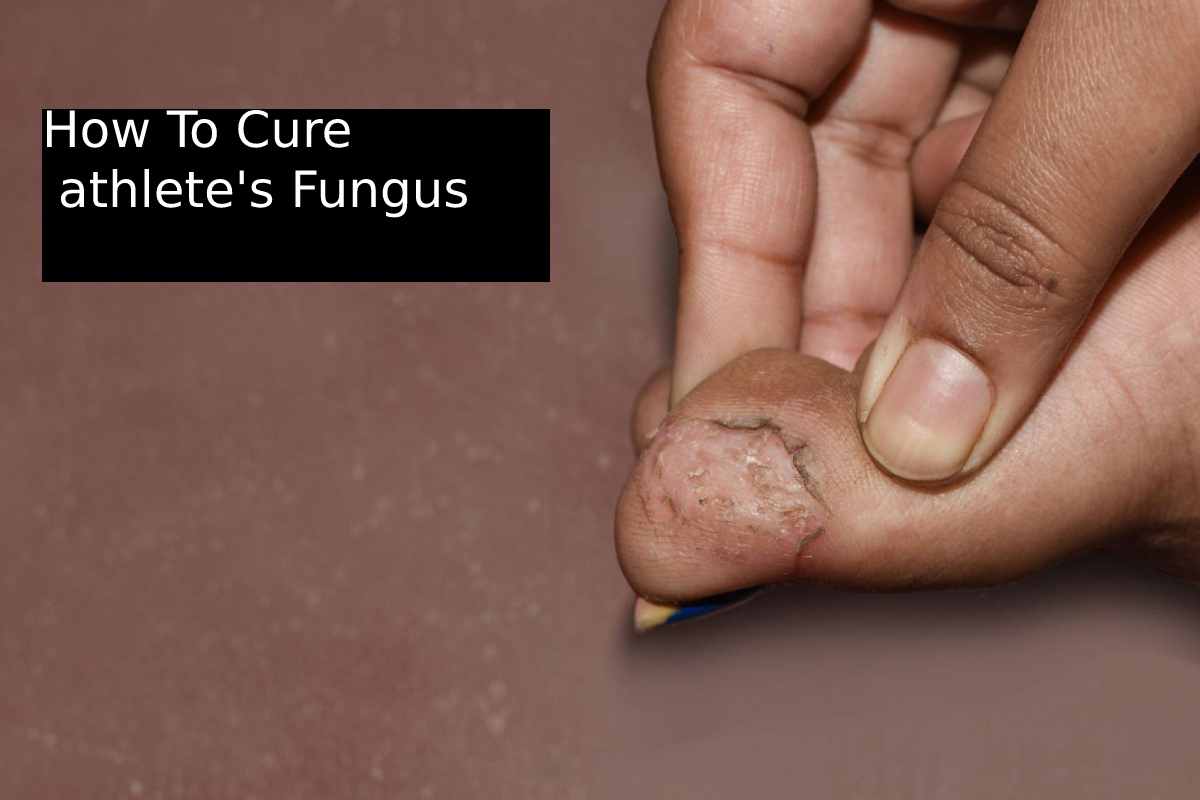athlete’s Fungus –
Dermatologists also refer to athlete’s foot as tinea pedis, and it is a bothersome and common fungal condition (mycosis). Athlete’s foot has affected about one in three persons. The area between the toes typically develops painful itching, redness, and scaling as a result of the fungus. In this article, we’ll cover the home remedies that work best for treating and preventing athlete’s foot. Additionally, we list the signs and symptoms of athlete’s foot and discuss practical advice. We also demonstrate some extremely intriguing preventative measures for athlete’s foot.
What is athlete’s foot, though, exactly? This is an infection of the skin caused by yeast fungi (Candida), filamentous fungi (dermatophytes), or, in very rare circumstances, mould fungi. To be more specific, one is referring to foot mycosis, a fungal condition that affects the feet. The aforementioned filamentous fungi can grow and infect other areas of your body if you don’t take any action. like nails and hair. Additionally, nail fungus is much more challenging to treat than athlete’s foot. Because of this, you ought to act as soon as athlete’s foot is noticed and prevent it from getting so bad in the first place.
How To Treat Athlete’s Fungus At Home:
soda bicarbonate for dry feet:
In parts of the skin that are moist, athlete’s foot has a tendency to spread more quickly. The ideal conditions can be found between the toes because socks and stockings don’t absorb perspiration. If you sprinkle baking powder, or sodium bicarbonate (baking soda), on your foot or in between the infected toes each day, it will help with this condition. The drying action of the baking soda.
Honey as an anti-inflammatory: Honey is a well-liked home cure for a variety of ailments, including athlete’s foot. Apply honey to the affected regions with care. The honey’s anti-inflammatory and wound-healing properties can manifest after a set amount of time of treatment, helping to combat athlete’s foot.
Regular salt baths: The disease-related itching is very bothersome and irritating. Take a daily foot salt bath to combat this. The salt has an anti-inflammatory, anti-itch, and germ-reducing impact in addition to stimulating blood circulation. Very important: After taking a bath, don’t dry your feet! So that the salt may work its magic, let them air dry. For a salt bath.
combine 1 litre of warm water with 5 tablespoons of sodium chloride, or regular table salt, and soak your feet for 10 to 20 minutes. Not any longer, as that would cause the skin to soften excessively and maybe allow the fungus to spread further.
Use Lotions, Ointments, And Other Treatments For Athlete’s Foot.
There are few natural treatments for treating athlete’s foot. Therefore, it is advised that you take the following action: Therapy with antifungal medications will be helpful if you were initially unable to treat athlete’s foot using home remedies. Usually, your doctor can determine that you have athlete’s foot based just on looks. However, he uses a spatula to remove scales from the affected skin areas in order to identify the specific fungal spores that are infecting you. Both of these undergo microscopic examination, and a fungus culture is also made.
A specialised antifungal cream, ointment, or spray is then used to treat the fungus, and it typically recovers fast. Pay close attention to the directions on the pamphlet. because the fungus’ spores might stay in the skin long after it has healed. Therefore, it’s critical to avoid premature therapy discontinuation. Athlete’s foot can return if you don’t utilise the antifungal for a sufficient amount of time.
In most situations, only treatments that fight the fungus from the inside will assist if the fungal infestation is already advanced. The germs subsequently spread to the point where the antifungal creams, gels, gels, powders, sprays, and ointments are no longer effective.
In this situation, doctors turn to active ingredients from the class of antifungal medications that work internally, such as terbinafine, itraconazole, clotrimazole, miconazole, and bifonazole. To combat the fungus or infection, these antifungal tablets must subsequently be taken on a daily basis. The growth of fungi on the soles of the feet, as well as on the edges of the feet, heels, and nails, is influenced by antifungal medication treatment. The active components gradually destroy the fungus in a successful treatment.

